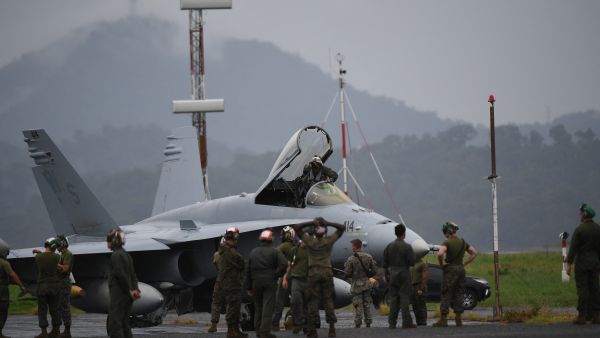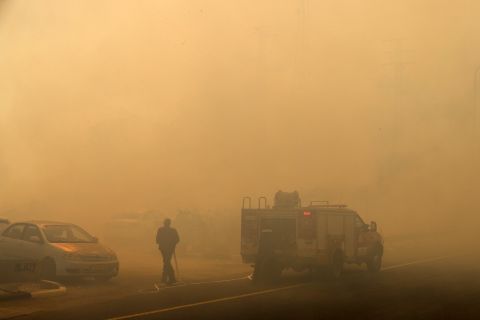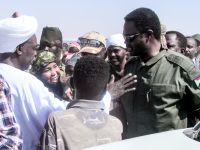ALBAWABA - Iran conducted an unparalleled military offensive on Israel on April 13, 2024, using over 300 drones, ballistic missiles, and cruise missiles to surprise U.S. soldiers. Tehran called the operation "The True Promise" in reaction to an Israeli raid on Iran's embassy in Damascus earlier that month, which killed senior Iranian military commanders.
Major Benjamin "Irish" Kofi and Captain Lacey "Sonic" Hester, U.S. pilots, described the hectic and stressful night during their first actual test against a massive drone onslaught. They told CNN of attacking Iranian drones at dangerously low altitudes, running out of ammo, and using unusual techniques to remove threats. Kofi said, "You feel the ground rushing toward you," stressing the hazards.
That night, American air and ground troops intercepted 70 drones and three ballistic missiles. Despite its success, the mission showed how superior fighter planes battle swarms of low-cost, radar-evading drones in contemporary combat.
The strike hampered activities at an unidentified Middle Eastern U.S. outpost. Iranian missiles pushed people into shelters, while many remained to ready planes for missions. Due to the unclear ground situation, Major Clayton "Rifle" Weeks, supervising air operations on the ground, recommended pilots to remain aloft as long as possible.
Several U.S. soldiers awarded the Silver Star and Distinguished Flying Cross for their gallantry.
Tehran launched its first direct military attack against Israel. Iranian state media said the bombing was punishment for Israeli Syria policy. US authorities saw the episode as a preview of future conflict, when inexpensive, mass-deployed drones may threaten the most modern air forces.
The assault highlighted increasing regional tensions and changing military threats, requiring new methods to resist developing technology.










